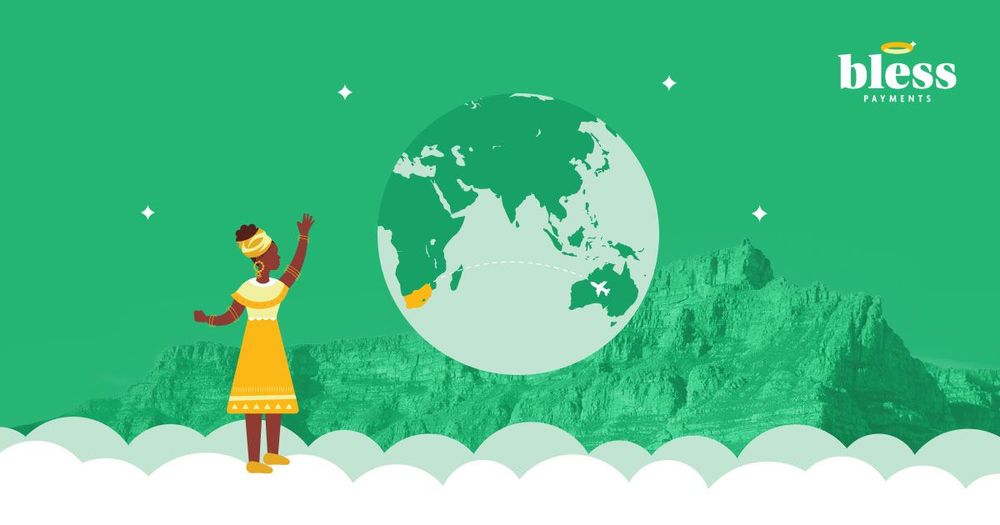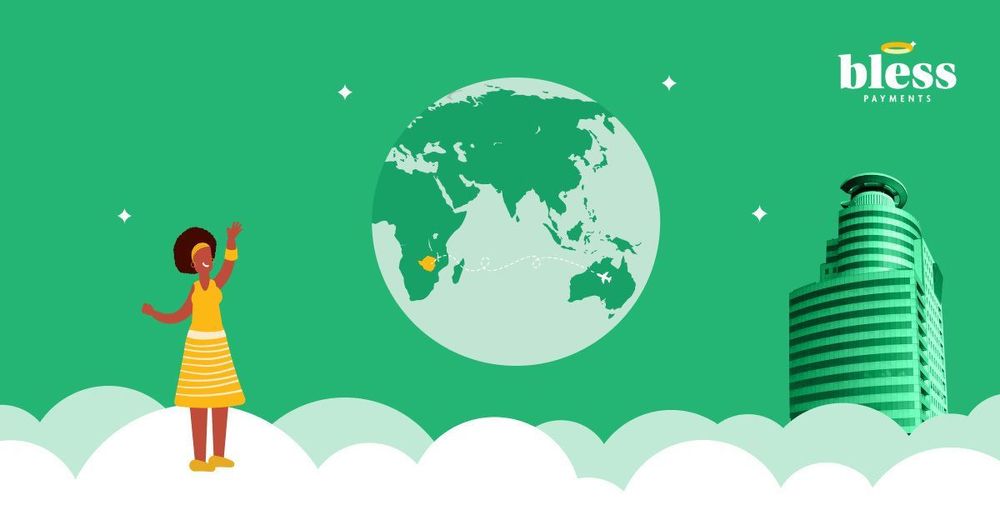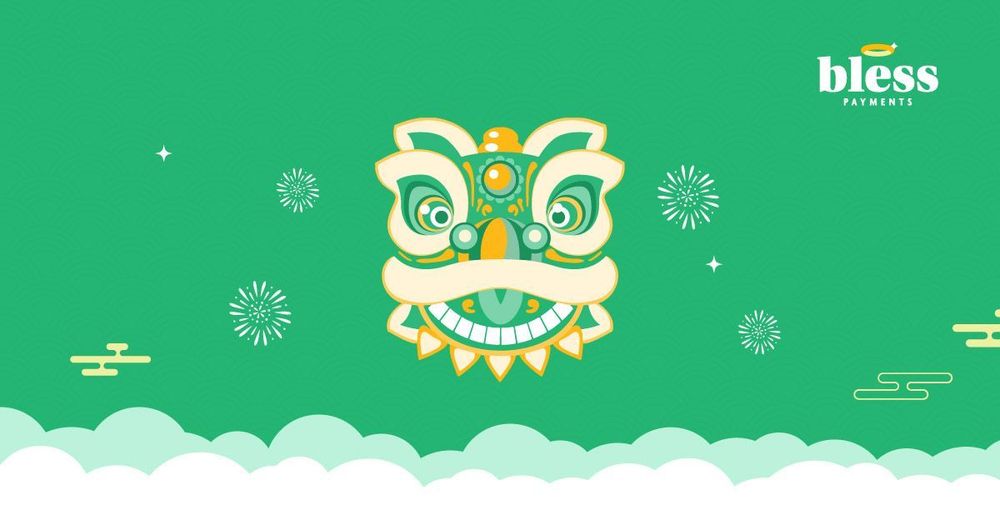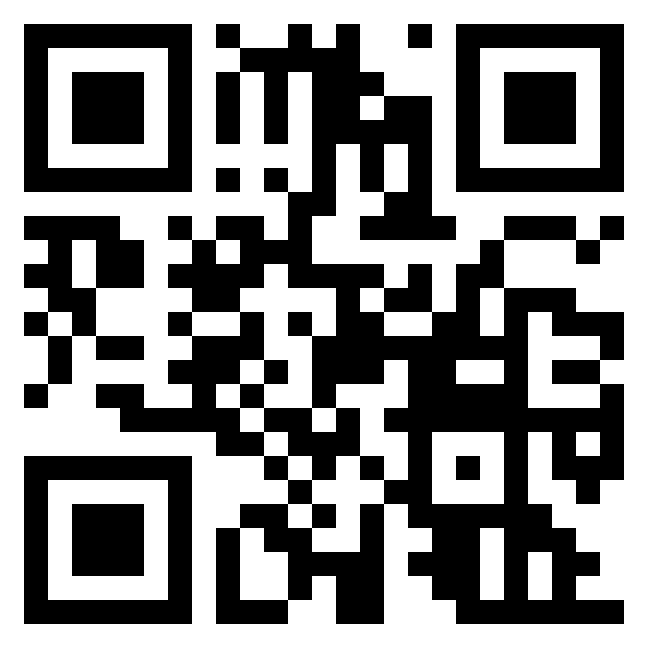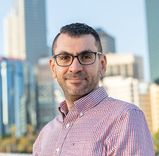
Mo Zaatar
•18 Dec 2023
•7 min read
The Blessings That Egypt-Born Migrants Bring Australia
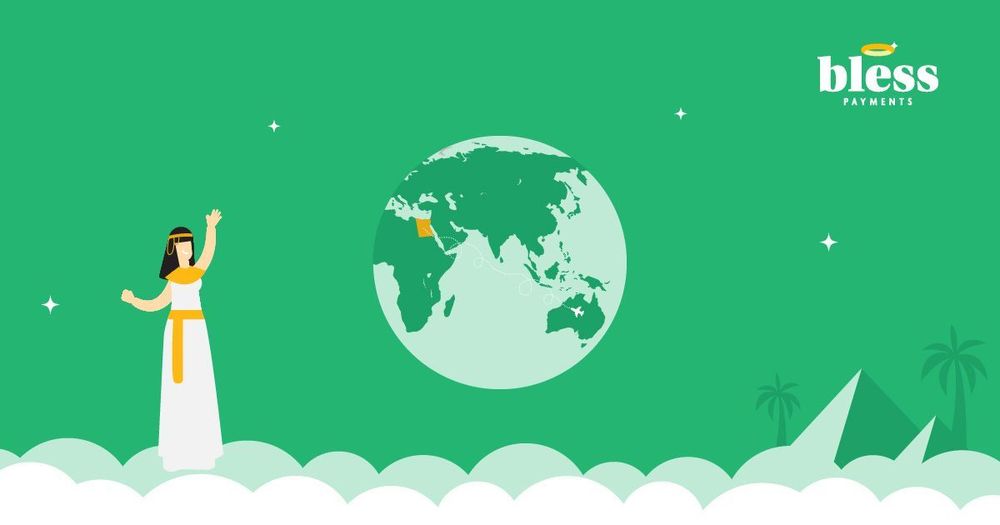
The Egyptian people are a spiritual and reverent people, and for them “bless” carries a deep significance. In Arabic, “bless” is translated as “Mubarak,” and that’s a word you’ll hear Muslims use often during their festivals and celebrations. For example, it’s common to greet one another during Eid by saying “Eid Mubarak” – “Blessed Eid.”In just those two words, Egyptians convey to one another a desire to share joy, and wish prosperity for each other.
Moreover, the phrase “Mubarak” is also used in prayers wishing for someone’s well-being and protection. In those prayers, it signifies a wish for divine favour and blessings, and embodies a deep sense of shared joy, and community.
The Australian community is blessed to have almost 50,000 migrants who were born in Egypt living here, and who bring their rich and deep culture and traditions to contribute to the tapestry of Australian multiculturalism. Of that population, around half live in Sydney, and as a result some of the largest communities of Egyptian migrants have formed in Western Sydney, in areas like Riverwood, and also in the Malabar region of coastal Sydney.
The History Of Egyptians In Australia – From Camel Riders To Leaders In Politics, Media, And Finance
As far back as the first census, Egyptians have played a role in Australian society. They’ve always been small in number, but large in impact.
In that first census, in 1901, there were 108 Egypt-born people living in Australia. These people typically worked inland, alongside other Middle Eastern and Western Asian peers like the Afghanistan migrants. They were collectively known as the cameleers, providing the main source of exploration and freight transport throughout Australia’s vast desert interior and made significant contributions enabling critical infrastructure to be developed that brought major economic and social benefits to Australia.
Fun fact: The iconic train that travels from Adelaide to Darwin, right through the desert of central Australia, is called the “Ghan” for this reason! Afghan cameleers were the vast majority of these experts, but the Egyptian riders were there as well.
The first significant increase in immigrant intake from Egypt occurred after World War 2. Following the war, Egypt obtained independence, and the changing dynamics of the region meant that many people came to Australia, looking for new opportunities. As many as 8,000 Egypt-born migrants came to Australia during the period immediately after the war.
Since then, the population of Egyptian migrants has increased steadily and, between the historical profile of migrants and the migrants that Australia attracts today, Egyptian Australians are well-known to be highly educated and from relatively high socio-economic families. A full 35% of Egypt-born people in Australia have a university degree or higher. Indeed, we rely on Egyptian migrants for our medicine, education, and public policy more than many might think.
Egypt And Australia: Culturally Different, But With Deep Historical Ties
Way back in 1888, in the Ovens and Murray Advertiser, you can find this quote:
“No country in the world, except Egypt itself, is more deeply interested in the fate of that famous kingdom than is Australia.”
The opening of the Suez Canal in 1869 – right in the middle of the Australian gold rush, when access to the world was critical to the economic boom - gave Australia access to the full benefits of its ties with Europe, and the depth of cultural connections between Australia and Egypt can be tied to just how heavily Australia relied on that great wonder of the early industrial era.
That cultural connection was further deepened in both WW1 and WW2, with many Australian servicemen moving through the country in both conflicts. Australia actually has a large number of Egyptian souvenirs and artefacts in museums because returning soldiers used it as a last port before jumping on a ship back to Australia.
Meanwhile, at around that same time, as Australia started to relax its White Australia policy and allow more immigrants from beyond the boundaries of Europe, Egypt was again the port where many began their journey. A boat from Egypt – the SS Misr – was actually one of the first “non-white” immigration vessels when it landed in Melbourne in 1947.
Egyptians In Australia Today
Today, more than half of the Egypt-born Australians are employed in a skilled managerial, professional, or trade occupation (54.3%). They bless their new country with their sharp intellects and deep skills.
Prominent Australians with Egyptian backgrounds include the politicians Anne Aly and Peter Khalil, journalist Waleed Aly, The former CEO of BUPA, Hisham El-Ansary, professional athletes Jonah Bolden, Ahmed Saad and Sam Soliman, and Bless Payments’ own Mo Zaatar. As a community Egyptian Australians are highly prominent and add a lot to their communities.
Elsewhere, Egyptians also contribute their incredible food and crafts culture via festivals and other cultural experiences. One of the most popular ones is the Taste of Egypt Community Festival, which is an annual event held in Melbourne. Until you’ve tried a Basbousa, you just don’t know what a truly decadent taste of sweetness is!
Without a doubt, Australia and Egypt, despite being on opposite ends of the world and having a very different cultural outlook, will continue to deepen close ties and demonstrate that such open-mindedness and cultural exchange can be a true blessing that benefits the people of both countries.
778 views
Recent Posts
See All
